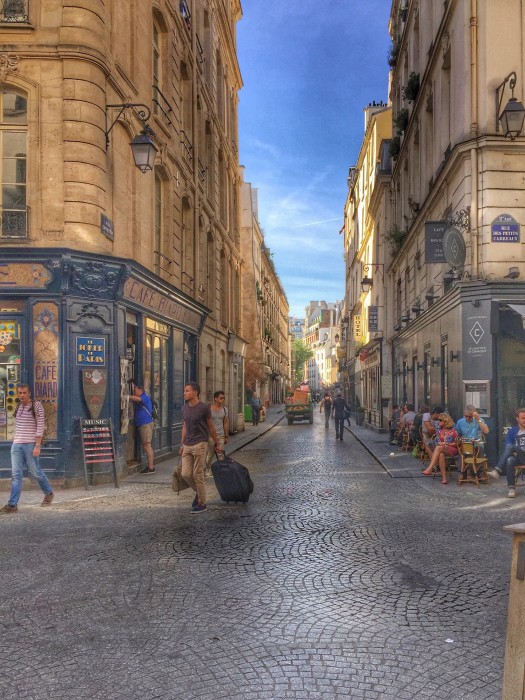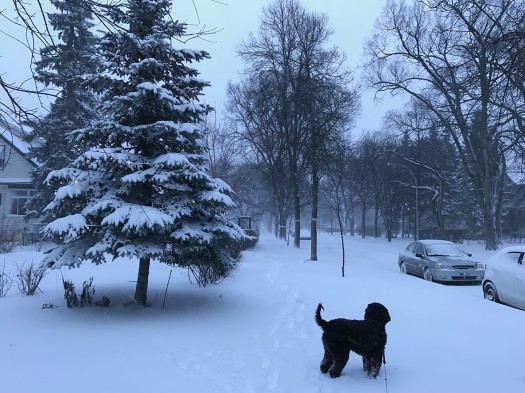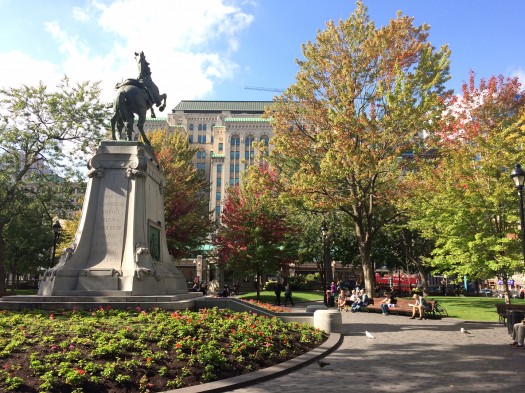Resilience
Is placemaking a “new environmentalism”?
Can placemaking – in short, the building or strengthening of physical community fabric to create great human habitat – be a “new environmentalism”? The question is posed by a provocative short essay, which I first discovered in 2011. Written by Ethan Kent of the Project for Public Spaces, the article continues to make the rounds. The essay influenced…
Read MoreSmall Goes Big: The Katrina Cottage Connection
If you’ve been following our work here, you know we have a soft spot for Katrina Cottages and the neighborhood design movement they inspired. And you also know some of us — okay, me — have been grumpy about the way Tiny House talk has sucked oxygen out of the discussion of small scale homes…
Read MorePlacemaking: Geek niche or the root of pretty much everything?
When I first developed my interest in placemaking twenty years ago it was driven by design. I was a brand advertising person which, by necessity, involves the study of behavior. Not just of people but of their context. Where and how people choose to live, I learned, provided a lot of insight into the kinds…
Read MoreWant to Improve Your City? Start taking pictures
In Chuck Wolfe’s absorbing new book, Seeing the Better City, he encourages readers to think with our eyes and communicate with visual imagery in order to improve our cities. With the proliferation of smartphone cameras and an endless array of easily accessible, web-based platforms on which to display them, virtually everyone is now a photographer. And,…
Read MoreThe Trifecta: Urbanism, architecture, and nature
We often blog on the benefits of nature integrated into urbanism and wellbeing outcomes of walkability. The real trifecta is when walkable urbanism, human-scale architecture, and nature come together via placemaking. A recent study from the University of Warwick points out that a scenic view delivers equal health benefits to access to nature: “Cohesion of…
Read MoreHey, Buddy: Adult friendships and the future of our communities
David Roberts over at Vox posted a new piece recently — “How our housing choices make adult friendships more difficult” — that really got me thinking. In it, he builds upon ideas previously explored in The Atlantic and makes a compelling case that forging new relationships as an adult — the ones we characterize as…
Read MoreNature Cities: Wellness and public space
The idea of rewilding started out as a movement to conserve, restore, and reconnect natural areas, and has expanded to how we reintegrate ancient practices into our modern lives. From a flat-footed squat to full emersion in nature to structured programs like ReWild Portland, the idea of letting go of some of our domestication to…
Read MoreNature’s Healing Ways
The other day while walking my dog, I was trying to count the ways nature makes us healthier, as a means of distracting myself from the fact that the temperature was -40, with wind chill. That’s the point where Celsius and Fahrenheit converge. However, since this is my 9th winter in my beloved Winnipeg –…
Read MoreAchieving Community: Let’s get real
Not so long ago, Kristen Jeffers (who blogs as the Black Urbanist) shared an article over at Afropunk called “The Caucasian’s Guide to Black Neighborhoods.” It’s very, very funny, and particularly useful reading for anyone who’s more interested in our ability to build meaningful communities than in the more prevalent discussion of who, in any…
Read MoreNIMBY, I Hardly Knew Ye
Last week I stepped back in time a bit to revisit the idea of NIMBYs (Not In My Back Yard opponents to development) and consider anew whether their tenacious aversions earn them the lauding of heroes or the disdain we reserve for villains and scoundrels. As I said then, in many cases, NIMBYs have kept…
Read More




